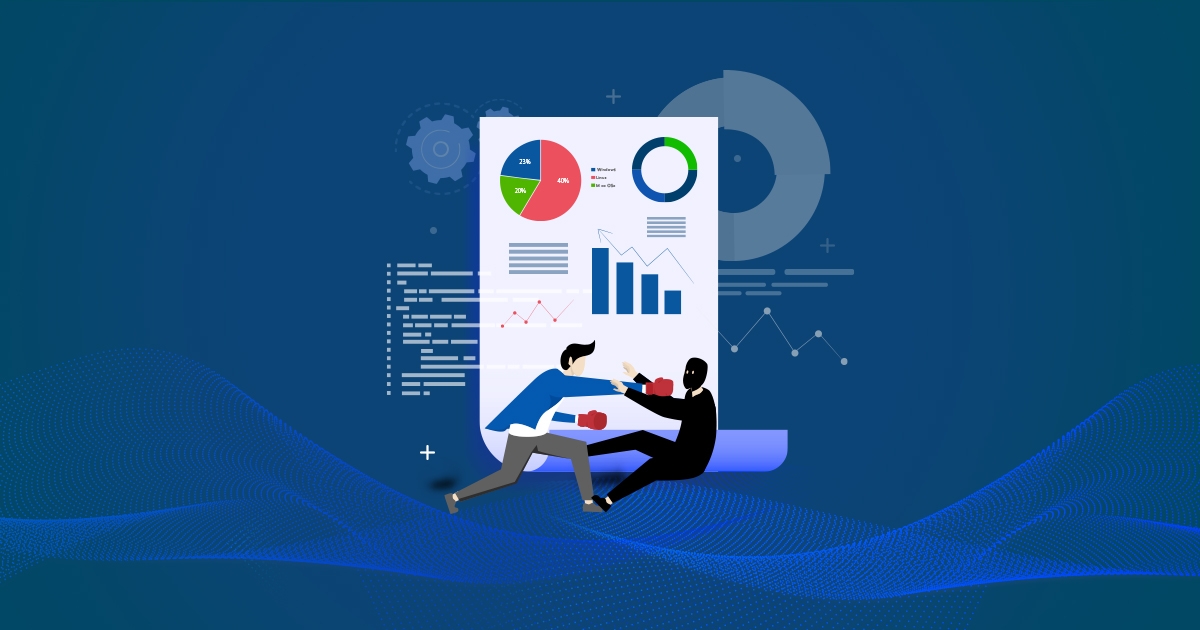Do you think your organization is not vulnerable to cyberattacks and you have a perfect vulnerability scan report? If yes, think again.
It is crucial for organizations to understand that their IT infrastructure is vulnerable to cyberattacks, regardless of their security measures. Hackers have numerous sophisticated methods to exploit vulnerabilities in an organization’s network. A good vulnerability management tool can protect your organization from these attacks.
SecPod’s Annual vulnerability report reveals that the number of vulnerabilities detected has increased by 20% compared to the previous year, emphasizing the need for vulnerability scanning and vulnerability scan report. However, it is not enough to simply conduct a vulnerability scan.
Documenting the results in a vulnerability scan report is equally important, which provides a comprehensive overview of all vulnerabilities detected, including their CVSS scores and other pertinent details. This report provides valuable insight into an organization’s security posture, enabling them to take proactive measures to mitigate the risks and ensure the security of its IT infrastructure. Mitigating vulnerabilities will be easier with a patch management software.
Let’s understand in detail the must-haves in the vulnerability scan report.
Must-haves of Vulnerability Scan Report
1. Executive Summary:
This should summarize your vulnerability scan findings without devilling into the details. It would be better to showcase all the findings in a graphical representation. It would make a report very easy to read and more accurate.
2. Total number of vulnerabilities:
This showcases the number and type of vulnerabilities categorized based on the affected OS, devices, and more. If you are looking for an annual or monthly report, you can compare the last year/month count with the present one. This will help you understand the increase in vulnerabilities and can also analyze the security posture.
3. Vulnerability Scanning details:
Represent the time taken to scan your infrastructure, was the scan successful, what devices were checked, and much more.
4. Impacted hosts:
Categorize the IT organization based on operating systems such as Windows, Linux, and mac and know the number of vulnerabilities detected on the operating systems and which OS had the most number of vulnerabilities and had an impact on the IT infrastructure.
5. Vulnerability based on CVSS:
When you have tons of vulnerabilities, you must segregate them based on the CVSS scores, risk levels, impact on high-fidelity attacks, and more. You can categorize these vulnerabilities as critical, high, medium, and low severity levels.
6. Vulnerable hosts:
Most of the vulnerability scan reports will have tabular representation showing vulnerabilities present in any particular hosts and if those vulnerabilities are at what severity level.
7. Type of vulnerabilities:
You can categorize vulnerabilities based on security, non-security, misconfigurations, and more.
8. Vulnerability aging:
The time period from when a vulnerability is detected until it is remediated is the duration it takes to remediate the vulnerability. This will help organizations in finding and remediating vulnerabilities that are too old.
9. Patch statistics:
This section of the vulnerability scan report will let you know about the patches available to which hosts and assets and the total number of instances.
10. Recommendations:
List out the recommendations that would be helpful while patching vulnerabilities, like the available patches or the patching technique that can be used and more such things.
Conclusion
Every organization can stay on top of its security posture and proactively address vulnerabilities by regularly conducting vulnerability scans and reviewing scan reports. The vulnerability scan report also helps organizations track their progress in addressing vulnerabilities over time and ensure effective security measures.
In addition, scan reports are often required by compliance standards such as PCI-DSS, HIPAA, and others. These reports help organizations demonstrate compliance and avoid potential fines or legal liabilities in the event of a security breach.
Some tools out in the market would help you provide an automated vulnerability scan report. Tools such as SanerNow support a wide variety of reports that can be customized based on your needs and can be sent through emails directly.


